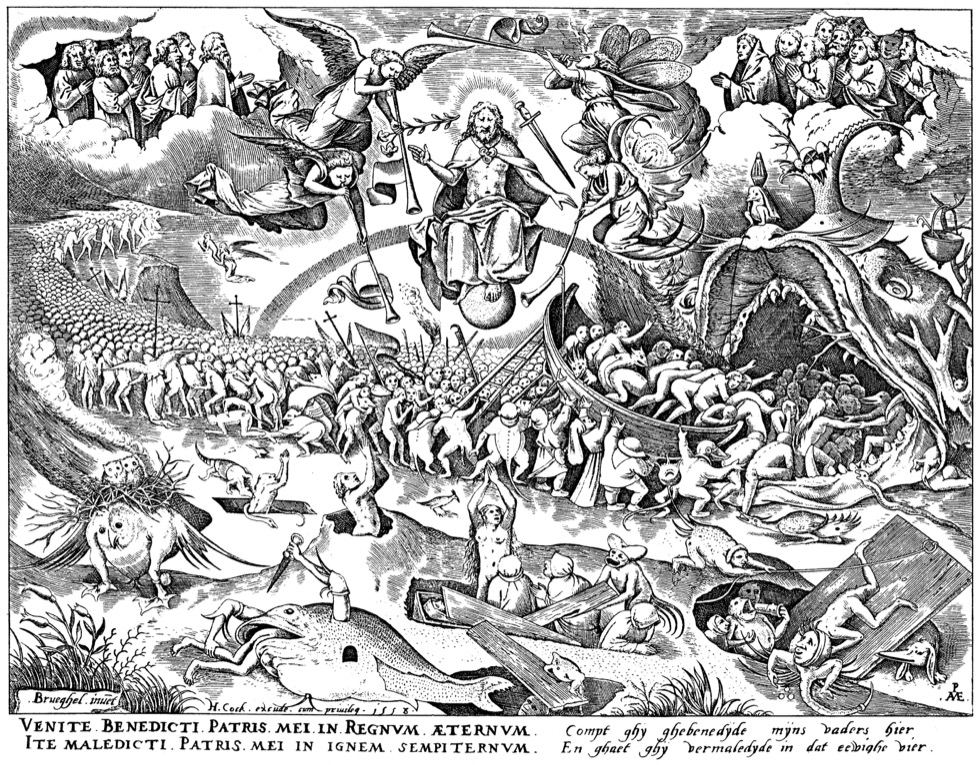
Pieter Bruegel the Elder’s Seven Deadly Sins, Published by Hieronymus Cock, 1558: ENVY, GLUTTONY, GREED, LUST, PRIDE, SLOTH, WRATH & THE LAST JUDGEMENT



An alchemist next to their athanor, the furnace used to create slow and steady heat for alchemical digestion. Also known as the Philosophical furnace, Slow Henry (Piger Henricus), Furnace of Arcana, and the Tower furnace. From Alchemy: Ancient and Modern by H. Stanley Redgrove, 1911. Colorized by Eve Harms. Licensed under CC0
 Purchase Book (affiliate link, free digital version linked above)
Purchase Book (affiliate link, free digital version linked above)
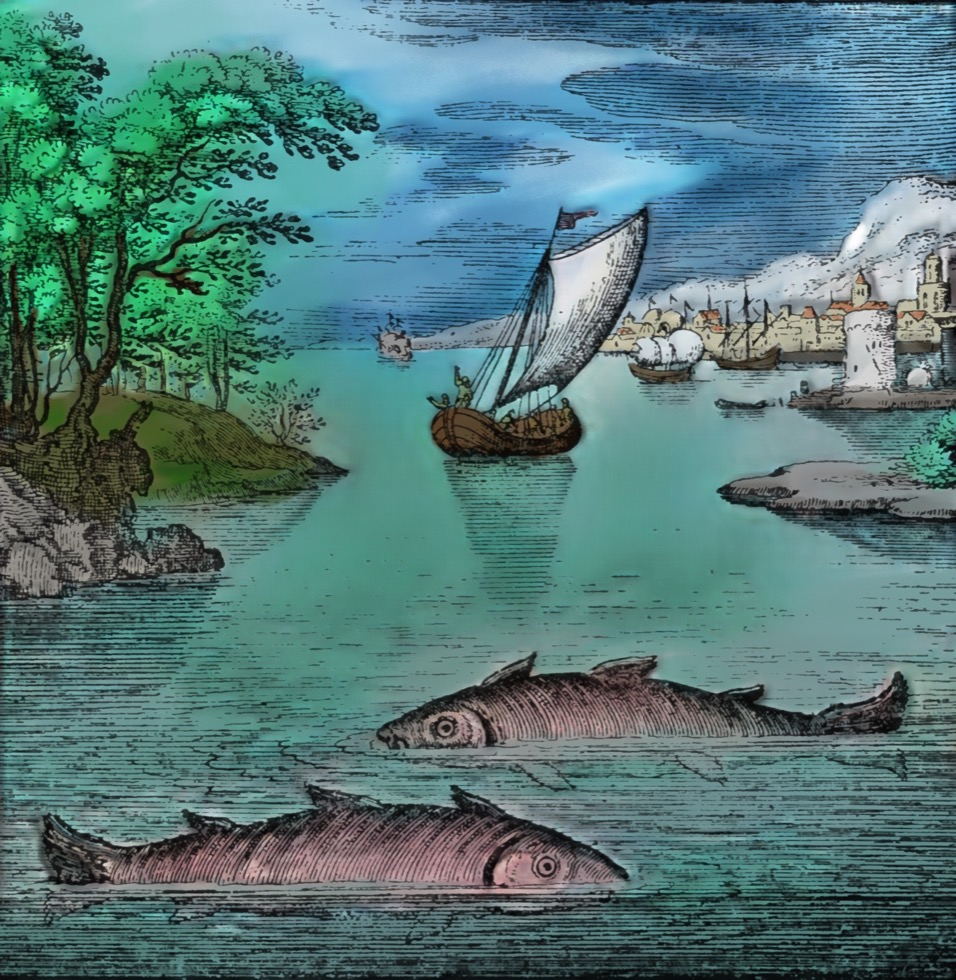
Alchemical art from Alchemy: Ancient and Modern by H. Stanley Redgrove, 1911. The sea represents the body, and the two fish represent the Soul and Spirit. Colorized by Eve Harms. Licensed under CC0
 Purchase Book (affiliate link, free digital version linked above)
Purchase Book (affiliate link, free digital version linked above)
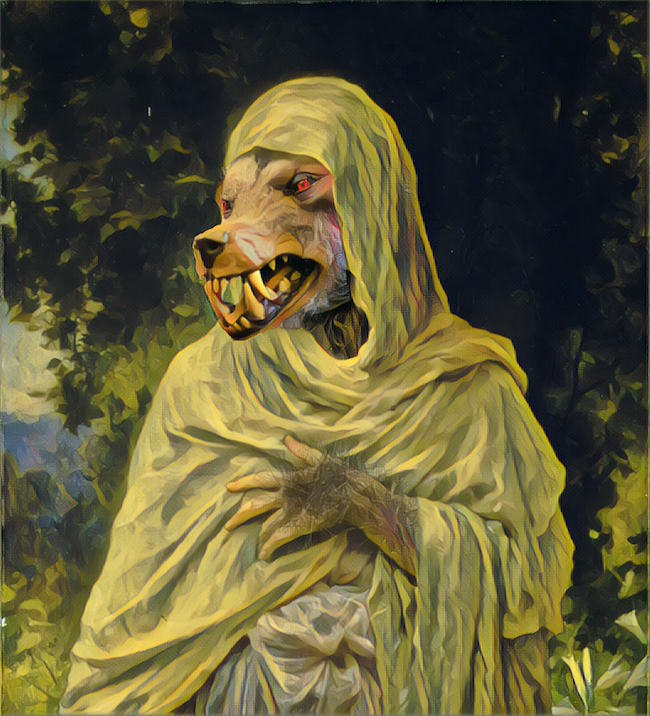
The Alukah, also known as the “horse-leech”, is a giant and many toothed leech that, according to the Sefer Hasidim, takes human and wolf form. It’s possible that the word “leech” actually describes its blood feeding nature, not its appearance, and that the creature is more of a shape-shifting vampire. It can fly using its long hair and may be a descendant of Lilith.
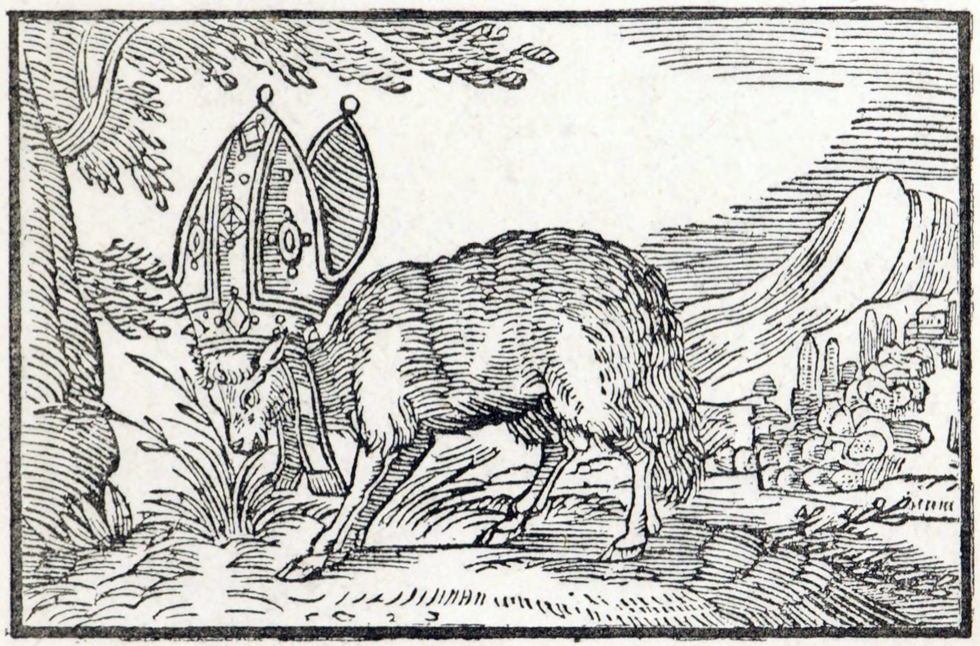
The Prophecies of Paracelsus is a book with 32 prophecies, each with a woodcut full of symbolism to expand on it. The prophecies are cryptic and vague, with much allegorical symbolism, and can be easily reinterpreted to apply to any situation. Source: Wellcome Library
 Purchase Book (affiliate link, free digital version linked above)
Purchase Book (affiliate link, free digital version linked above)

Henry Wellcome commissioned this watercolor from R. Cooper in 1912, depicting an unconscious man being attacked by demons with surgical instruments. The painting is meant to represent the effects of chloroform on the human body. Source: The Wellcome Collection
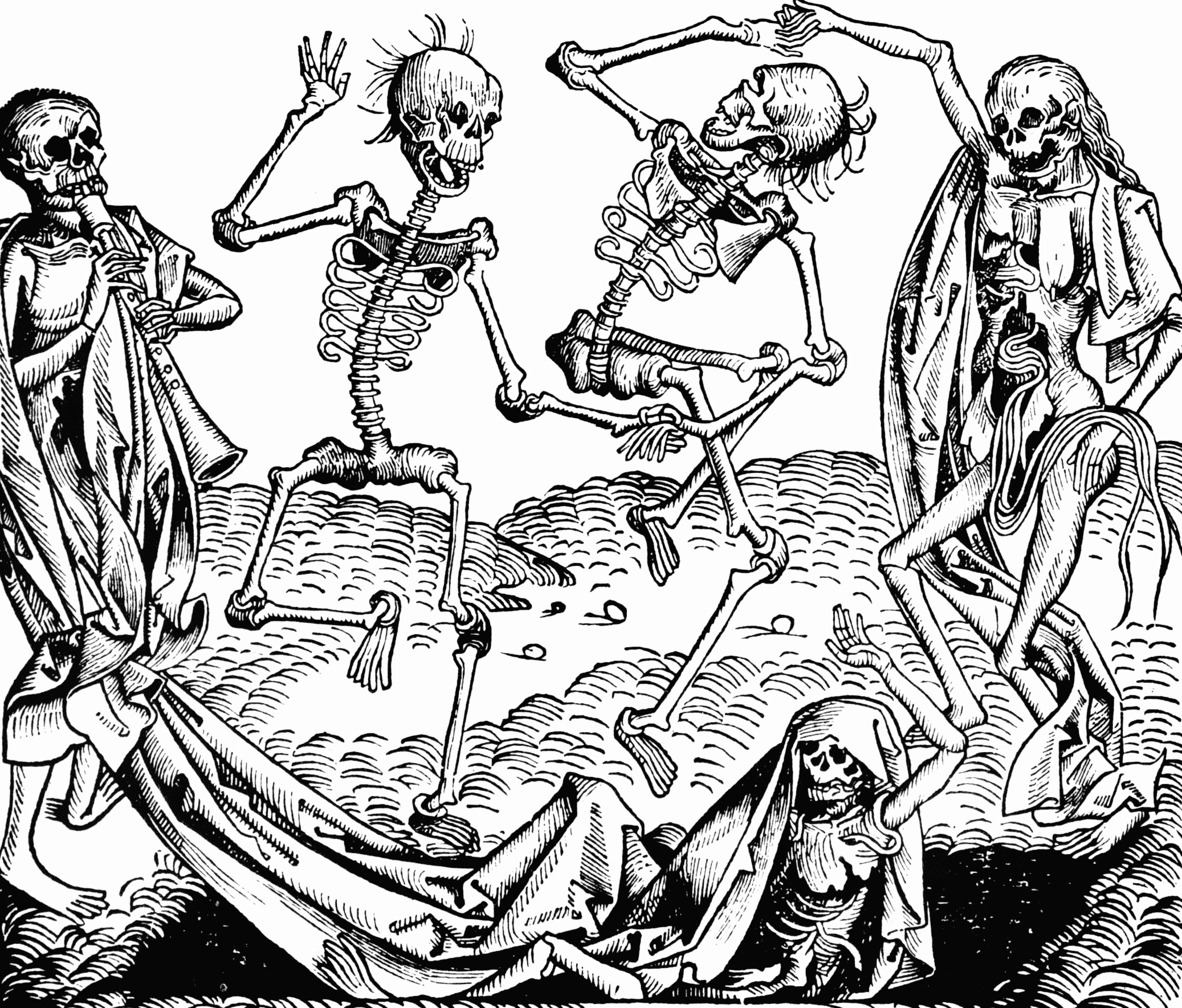
The Dance of Death or (Danse Macabre) is an allegory used in art and literature, popular in the Late Middle Ages, that uses the personification of death to remind us that death unites us all, regardless of one’s station in life. Sources: The Dance of Death (1493) by Michael Wolgemut and “The dance of death in painting and in print” (1887) by T. Tindall Wildridge

“Cabala, speculum artis et naturae, in alchymia” by Stephan Michelspacher, 1616, is a short pamphlet about hidden secrets in 4 works of art. The book claims that only masters of alchemy will fully understand them, but gives hints to their meanings relating to: chemistry, astrology, philosophy, art, virtues, and the natural elements.
From Embassy of the Free Mind, and translated on Seculo Spiritus Sancti
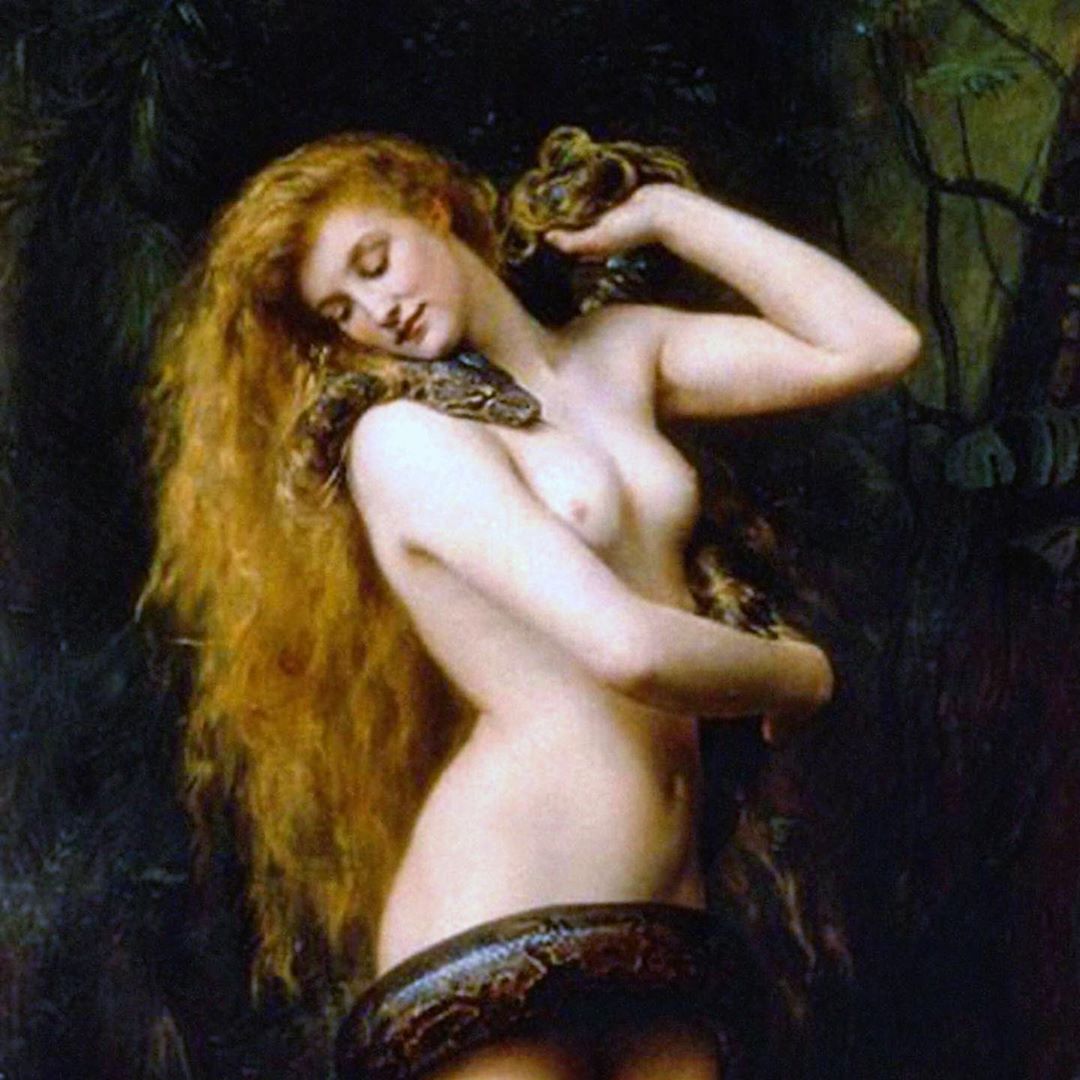
Lilith is so much more than a sexually wanton demon who steals babies in the night. She was Adam’s first wife, made from the same clay, who refused to be subservient to him. She left the Garden of Eden and paired up with the angel Samael (a satan-like figure in Judaism) and mothered many demonic offspring known as Lilin.⠀
⠀
In modern times, she’s hailed by some as a feminist hero, for refusing to be considered lower than Adam. She appears across many ancient texts, from the Talmud, the Dead Sea Scrolls, and texts of the Kabbalah, and her story may even have roots in Mesopotamian mythology. So much has been written, and so much can be said about Lilith, and she’s my favorite demon.
